
Payments
Tips, tricks, and ecommerce inspiration from WooCommerce experts.
Convert more customers with a great online payments platform
Online payments are the last phase of your customer’s ecommerce journey, but are one of the most important elements of your customer experience.
Your choice of online payment platform and method influences customer trust and your store’s conversion rate, so it’s important to make informed payment decisions for your business.
Articles in our online payments section will cover payment gateways, international business, payment disputes, conversion optimization, and more.
Subscribe to Our Newsletter
Delivered to your inbox weekly packed with tips, tricks, and ecommerce inspiration from WooCommerce experts.
Latest Payments Posts

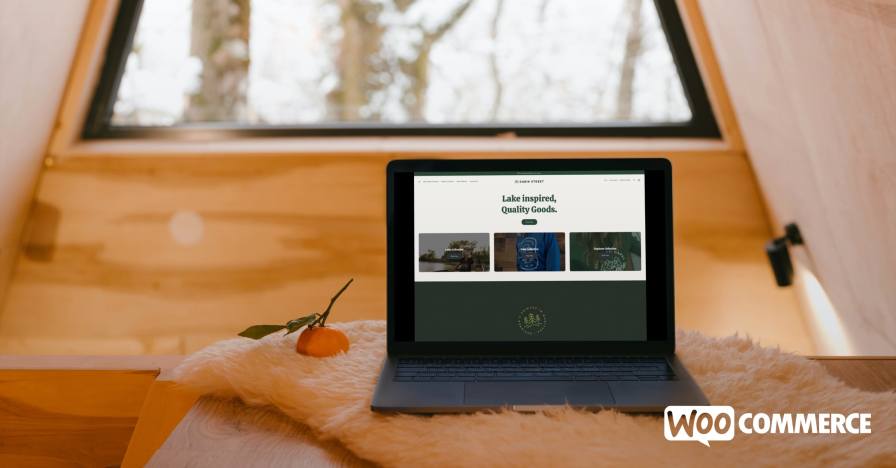
Cabin Street: Integrating Inventory Management with WooPayments
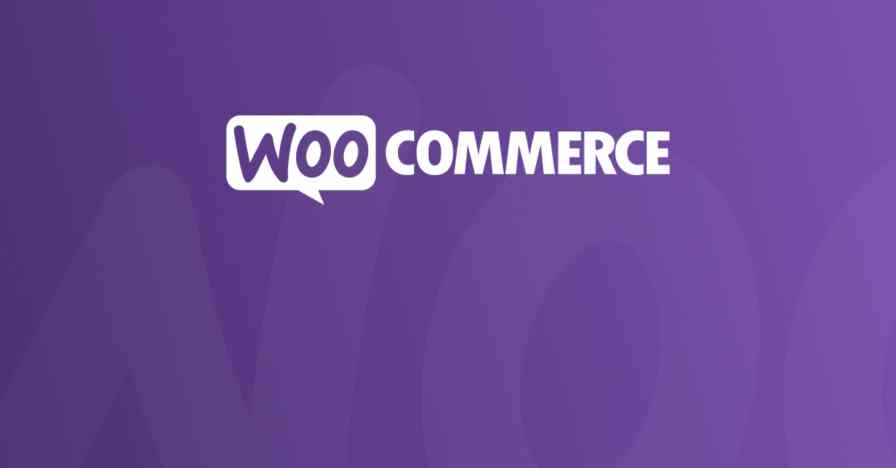
How to Prevent and Manage Online Payment Fraud in 2023

Manual Authorization and Capture – What to Know and When to Use It
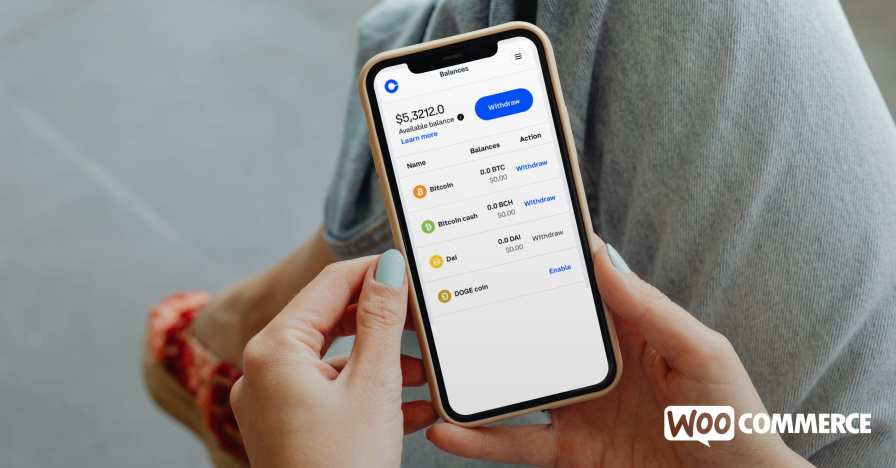
How Your Customers Can Pay You with Crypto
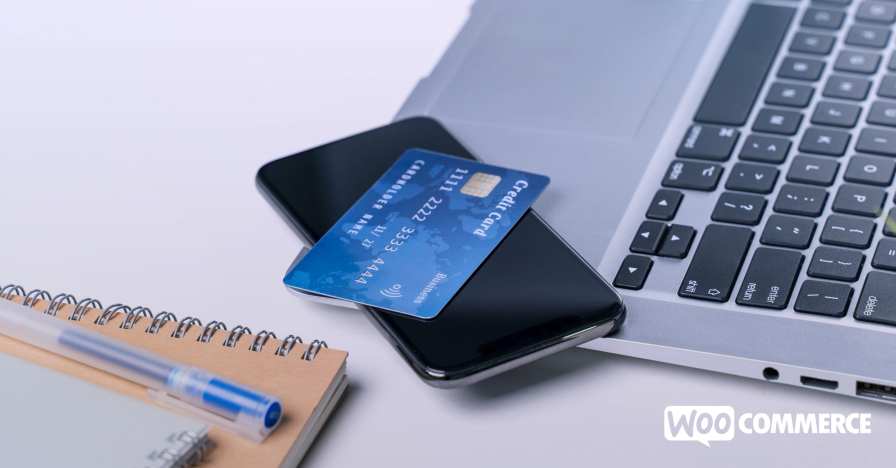
How to Manage and Prevent Payment Disputes

Four New Countries and Launch of Multi-Currency for WooPayments

WooPayments Now Available in Six Countries – With New Features Included

How to Choose a Payment Gateway

Want More Revenue? Improve Users’ Checkout Experience

New to Payment Solutions? Start Here

Fewer Abandoned Carts, More Sales: Nine Proven Strategies
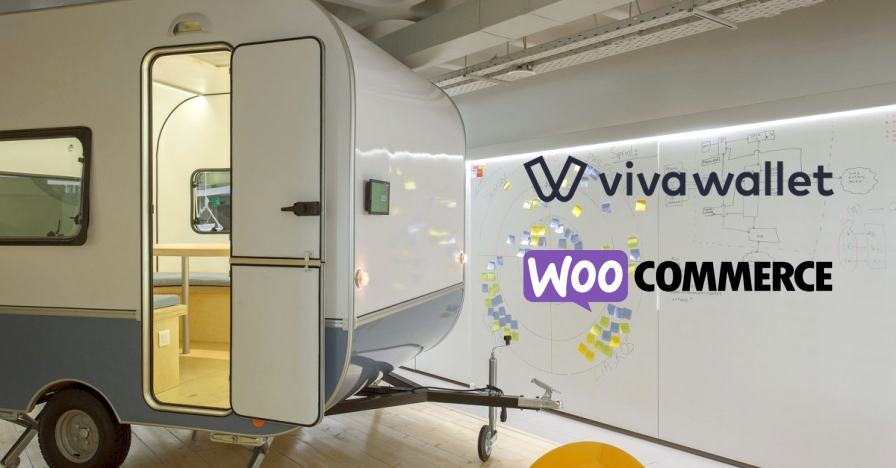
Viva Wallet: Seamless Payment Solutions for European Stores

Ways to Optimize Your Checkout for More Revenue

Manage Payments Directly in the WooCommerce Dashboard

